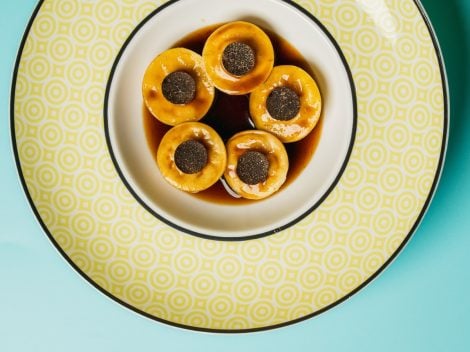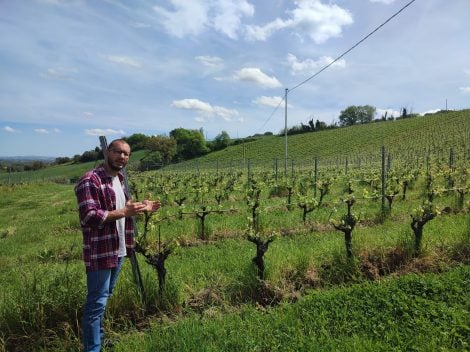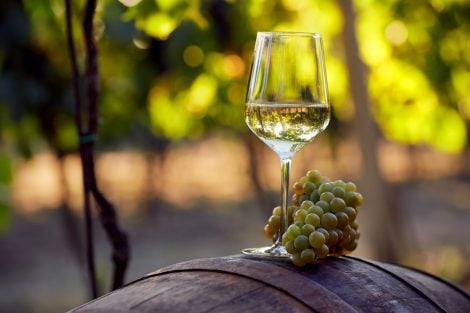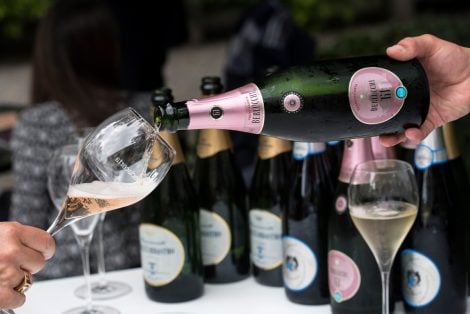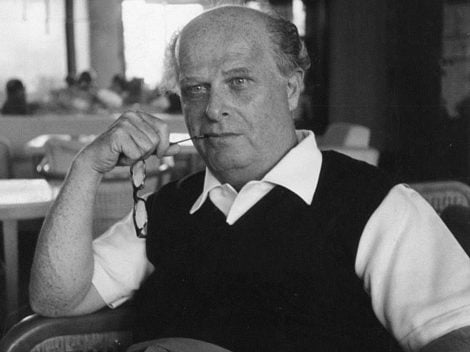A more complex and profound style is emerging in Champagne production, characterised by a significant oxidative component. This shift is also driven by the pursuit of consistency within the increasingly evident and challenging context of climate change.
"Many producers are incorporating a new element into their production method," writes Eric Asimov in The New York Times.
The perpetual reserve method addresses these needs and is being adopted by both small and large Champagne producers.
"It’s not only a significant improvement in non-vintage Champagnes, which make up the vast majority of bottles produced each year, but also a solution to mitigate the effects of climate change, which for many producers has altered both how they grow grapes and how they make Champagne."
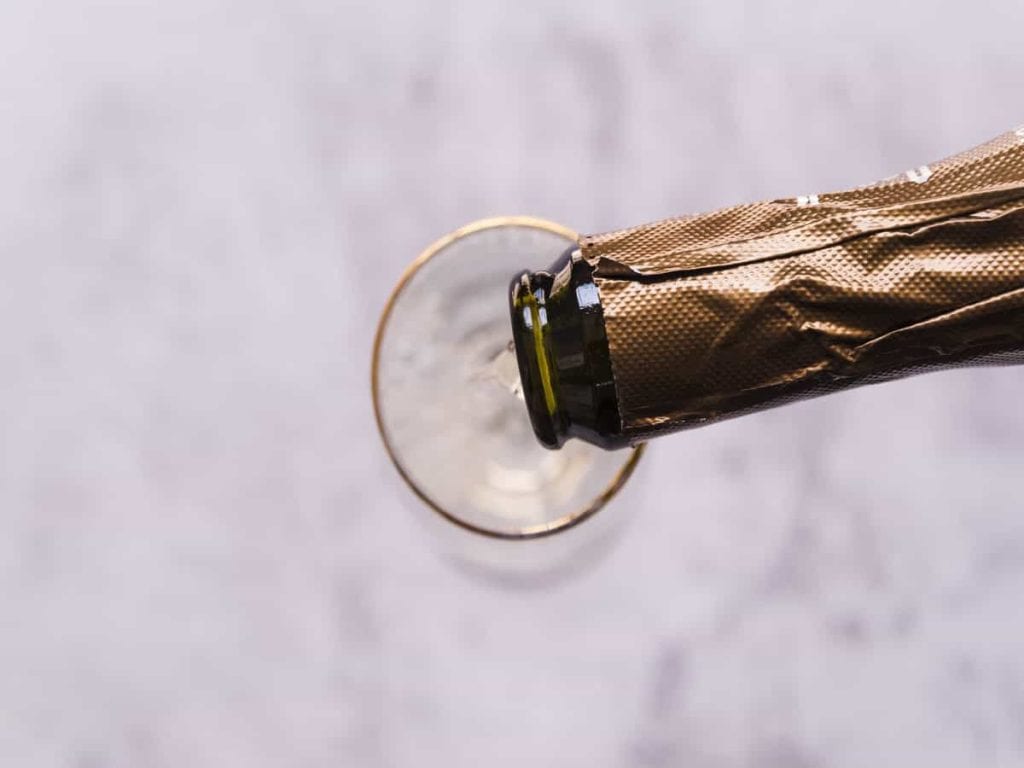
Multivintage and the "Perpetual" Method
In non-vintage Champagnes, producers typically combine percentages of wines from various older vintages with a base wine from the most recent harvest. This results in a product that balances approachability with a distinctive house style. The more vintages available in the reserve, the greater the potential complexity of the blend.
However, this possibility depends on the space available to each producer. Large houses can afford extensive storage for reserves from multiple vintages or specific plots, while small producers often face spatial limitations.
"This is where the new method comes into play. Instead of storing reserve wines separately, by vintage, a growing number of producers are blending substantial portions of their reserve wines together, creating what they call a perpetual reserve."
This method borrows from the solera system but is less complex and labour-intensive. Each year, producers remove a certain amount from the blend of various vintages to create the new cuvée, replenishing the perpetual reserve with wines from the most recent harvest. This process enriches the perpetual reserve with greater complexity year by year.
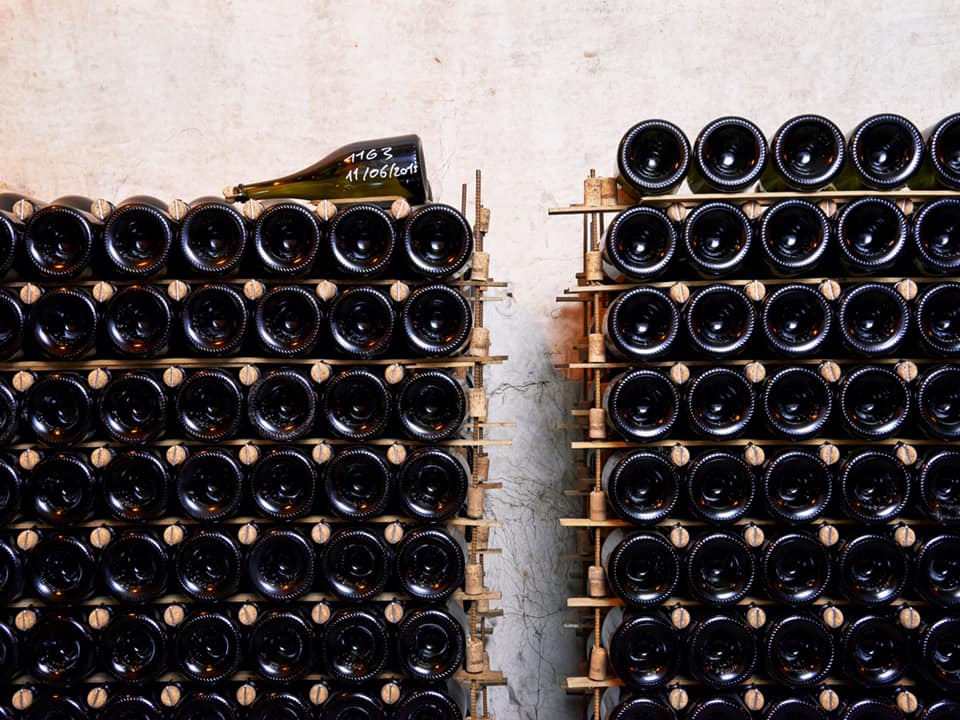
Benefits and potential
The advantages are numerous, with the foremost being the ability to manage reserve wines in a relatively small space, as the perpetual reserve can be stored in just a few large containers.
"It’s no surprise that small producers were the first to develop and adopt this method," but several major producers are now exploring its potential.
"The perpetual reserve allows you to make a consistent wine in an inconsistent place," says Jean-Baptiste Lécaillon, chef de cave at Louis Roederer.
Climate change has brought higher alcohol levels and lower acidity. According to Lécaillon, the perpetual reserve could be a tool to mitigate these effects.
"The perpetual reserve is a tool to bring minerality. I want wines to focus as much on the soil as on the fruit."
Additionally, the perpetual reserve ensures a steady supply of reserve wines with consistent character, regardless of the highs and lows of a given vintage. The blending of various vintages creates a balance in which "Older wines ‘soften’ the younger ones, and the younger wines keep the older vintages fresh," says Rodolphe Péters of Pierre Péters.


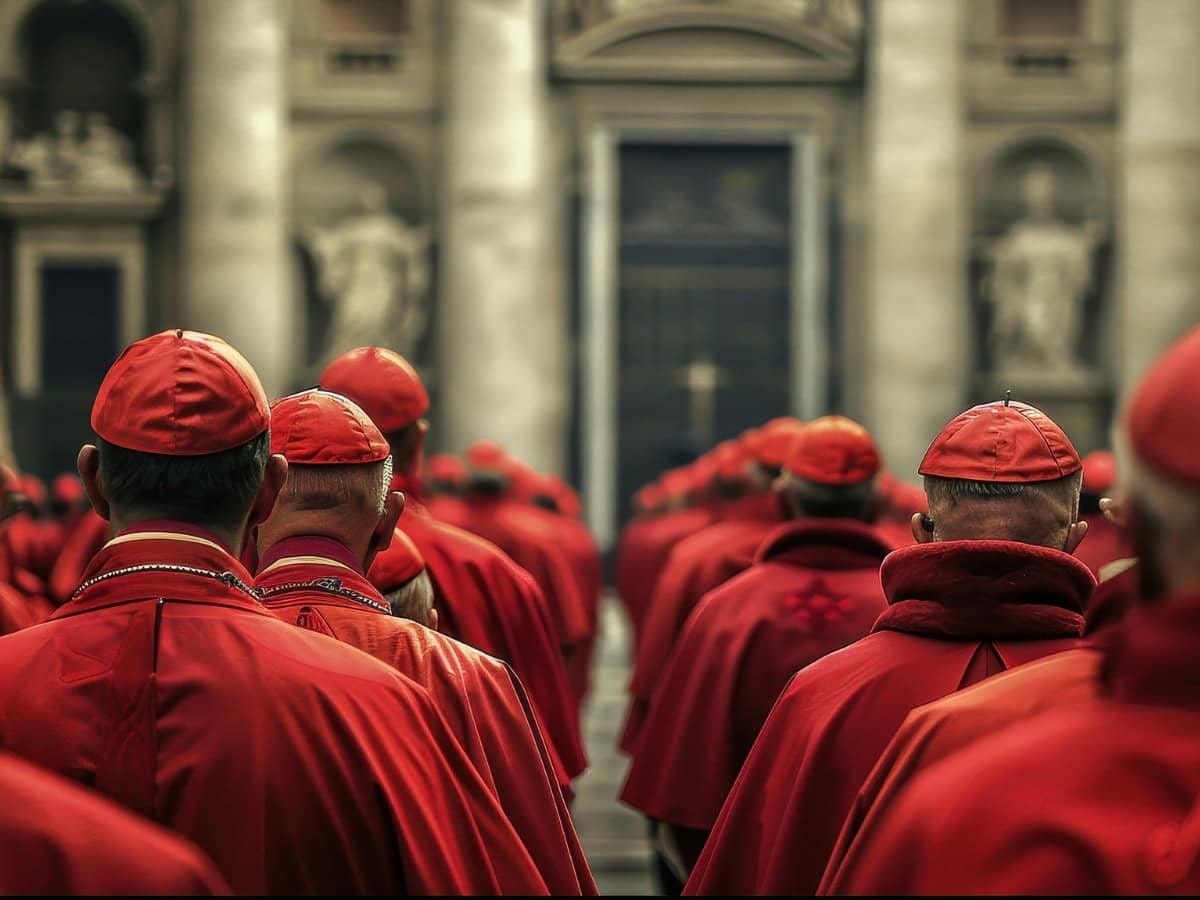 Dining with the Cardinals: here’s what they eat during the Conclave
Dining with the Cardinals: here’s what they eat during the Conclave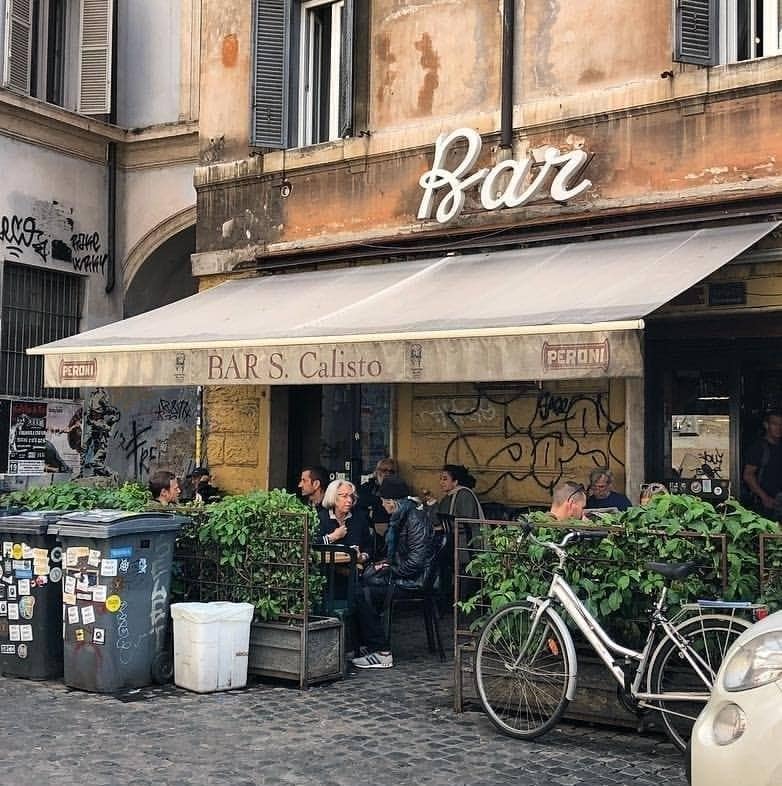 Why tourists love Bar San Calisto in Trastevere
Why tourists love Bar San Calisto in Trastevere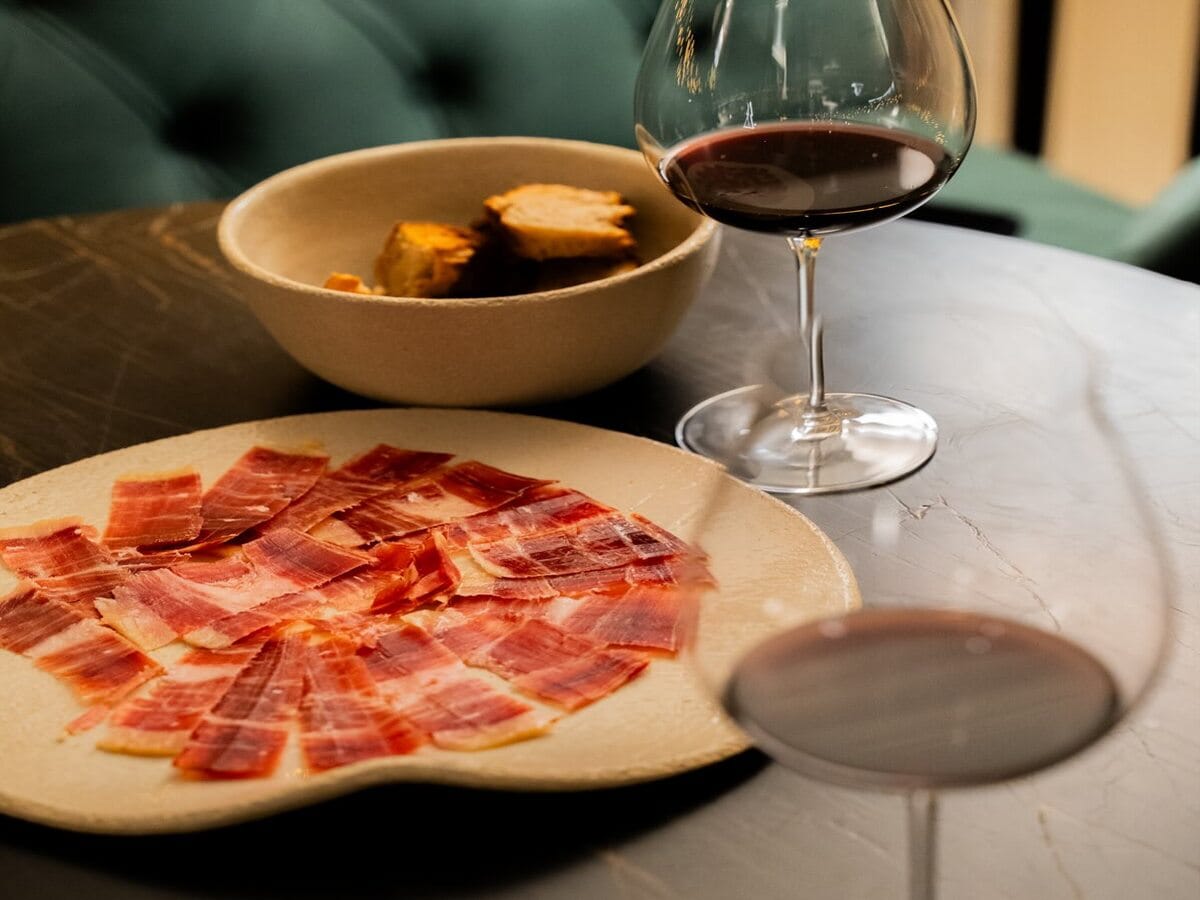 Where to drink in Milan: the best wine bars with kitchen selected by Gambero Rosso
Where to drink in Milan: the best wine bars with kitchen selected by Gambero Rosso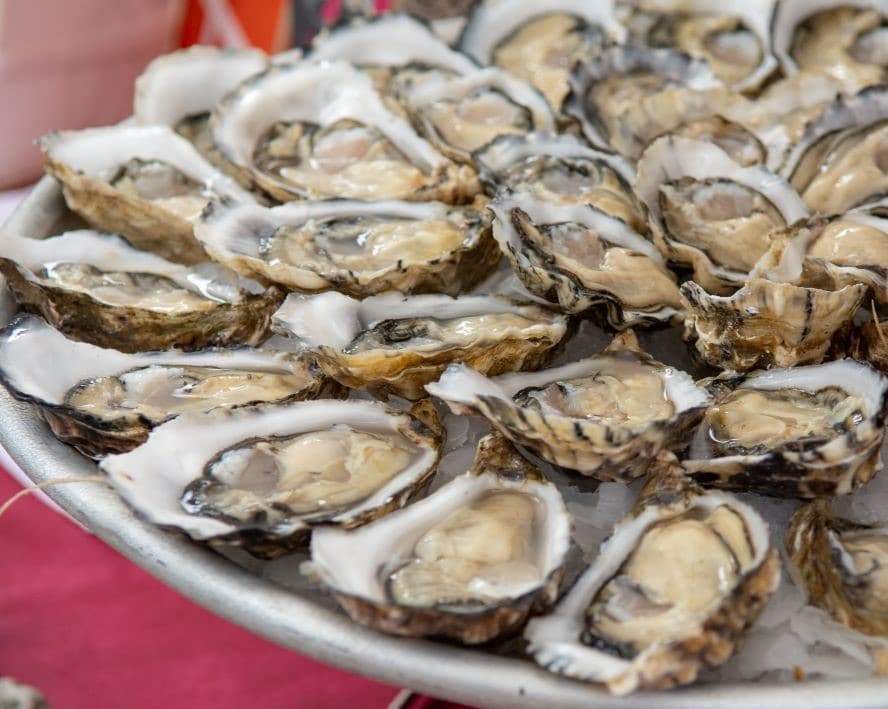 The incredible pink oyster from the Po Delta, an Italian delicacy loved by Michelin-starred chefs
The incredible pink oyster from the Po Delta, an Italian delicacy loved by Michelin-starred chefs Big news at Rome’s Mercato Centrale: Luca Mastracci’s pizza has arrived
Big news at Rome’s Mercato Centrale: Luca Mastracci’s pizza has arrived